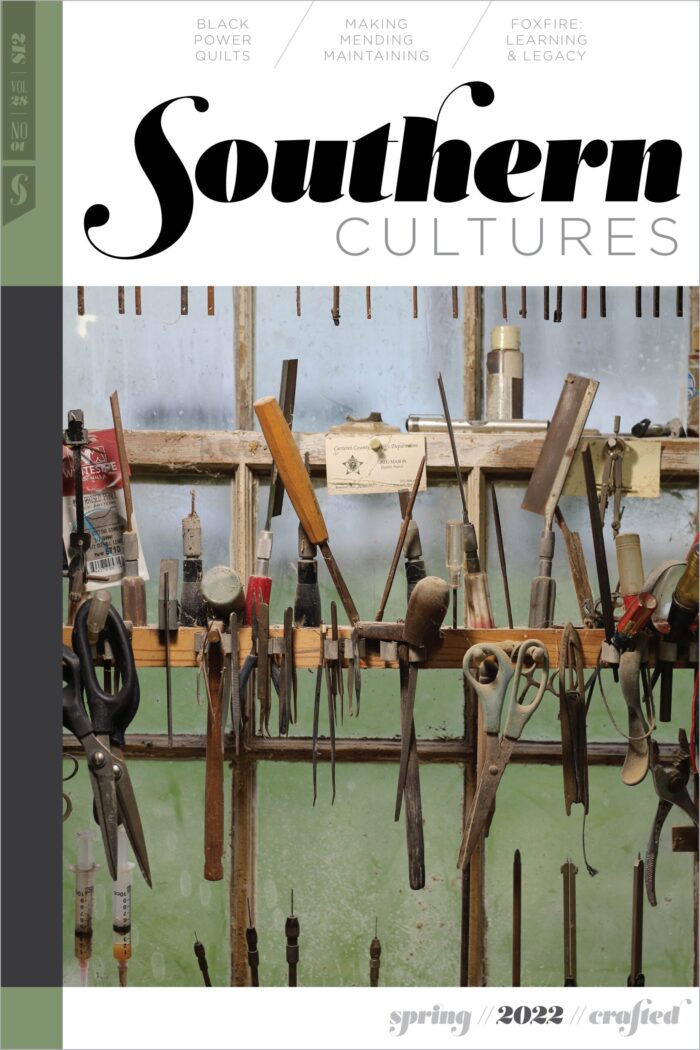“It is like alchemy to collect weeds, the plants that almost no one wants, and cook them up to create beautiful colors.”
“If only you could see me in my natural habitat,” says Dede Styles. I know she’s right. Styles is a person so deeply connected to her place that something fundamental is lost as our conversation filters through ethernet cables and satellites, something that would be plainly evident if I were on the mountain with her, but I’m not. I’m speaking to her across three thousand miles via video call.


